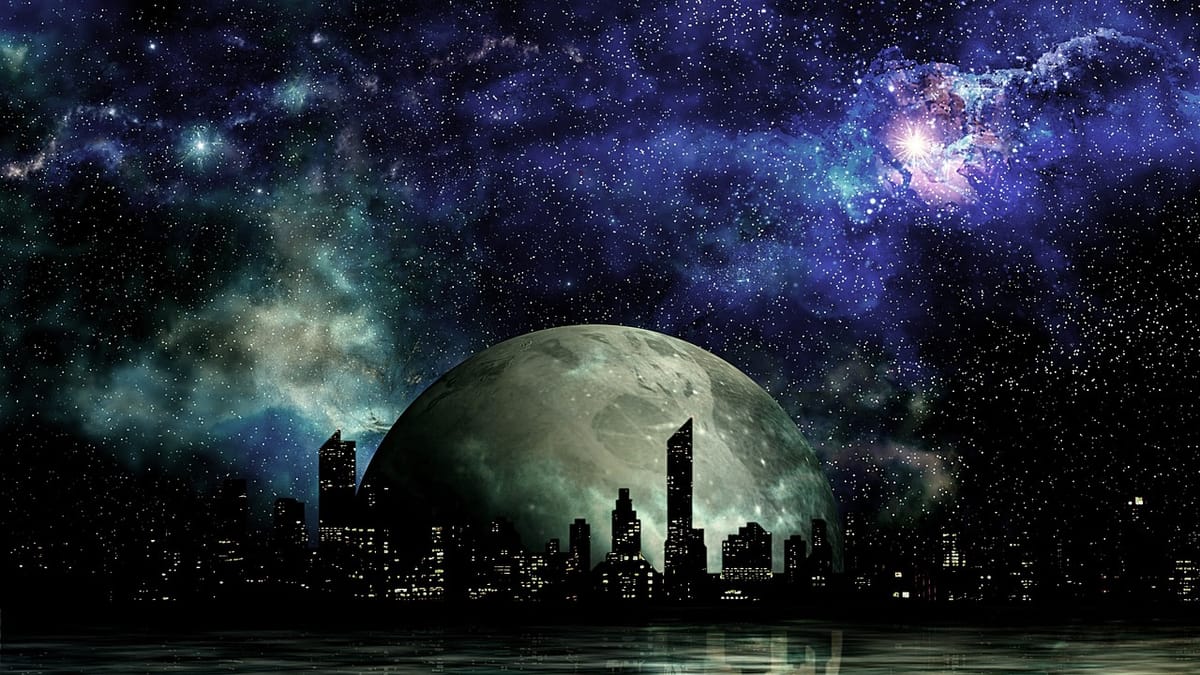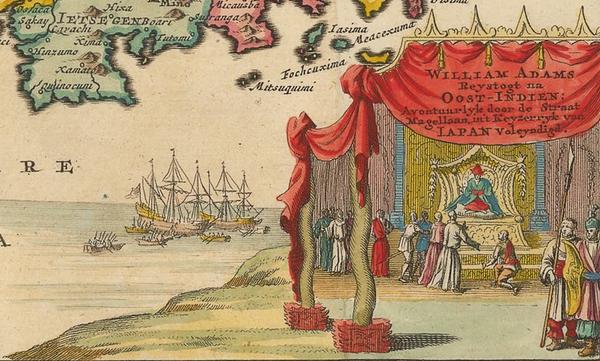The Anthropocene
The Anthropocene has been defined as a new geologic era in which human impact on the planet, across all spheres, has taken on immense proportions. Humans are fundamentally reshaping the physical, chemical, biological, and atmospheric conditions and operations of the earth.

The Anthropocene has been defined as a new geologic era in which human impact on the planet, across all spheres, has taken on immense proportions. Humans are fundamentally reshaping the physical, chemical, biological, and atmospheric conditions and operations of the earth.
One way to visualize our changed human circumstances in the Anthropocene is to view a wide range of “hockey stick” graphs that measure planetary indicators from human population growth to energy use to economic growth to land, water and resource use, to urbanization and the rise of mass culture, to the crash of biodiversity.
It’s not just about climate.
Data Visualizations
The following three organizations provide accessible introductions.
The Great Acceleration
Future Earth has an explainer page dedicated to the “Great Acceleration” which maps the dramatic speed-ups in human impact on the planet around 1950 through an illuminating slide show covering 24 indicators.
(Note: OECD countries include 38 highly developed major world economies, and BRICS stands for Brazil, Russia, India, China, and South Africa.)
The Age of Humans
The Smithsonian also has a good explainer covering various milestones in human evolution. The article includes this famous graphic covering 1750 to 2000. It similarly shows the great acceleration that occurs around 1950.

Project Drawdown
Finally, Project Drawdown’s Climate 101 course, especially the introductory unit "Setting the Stage," offers a clear video introduction.
Taking Responsibility — through learning
Suffice it to say, it’s a crucial time to be alive.
Anyone living in the developed world especially is having an over-sized impact and should take responsibility. How?
First, with access to vast educational resources we can work to come to a greater understanding, to “think what we are doing,” as Hannah Arendt says.
Then, we can begin to take responsible action, both individually and collectively.
More Data Visualizations
Here are additional examples from three data visualization sources. Each of these channels is well worth following in general.
From Flowing Data, a nice curated 3-minute video on the Anthropocene.
From Our World in Data, the human impact on biodiversity.
From Visual Capitalist the human impact on land use.



